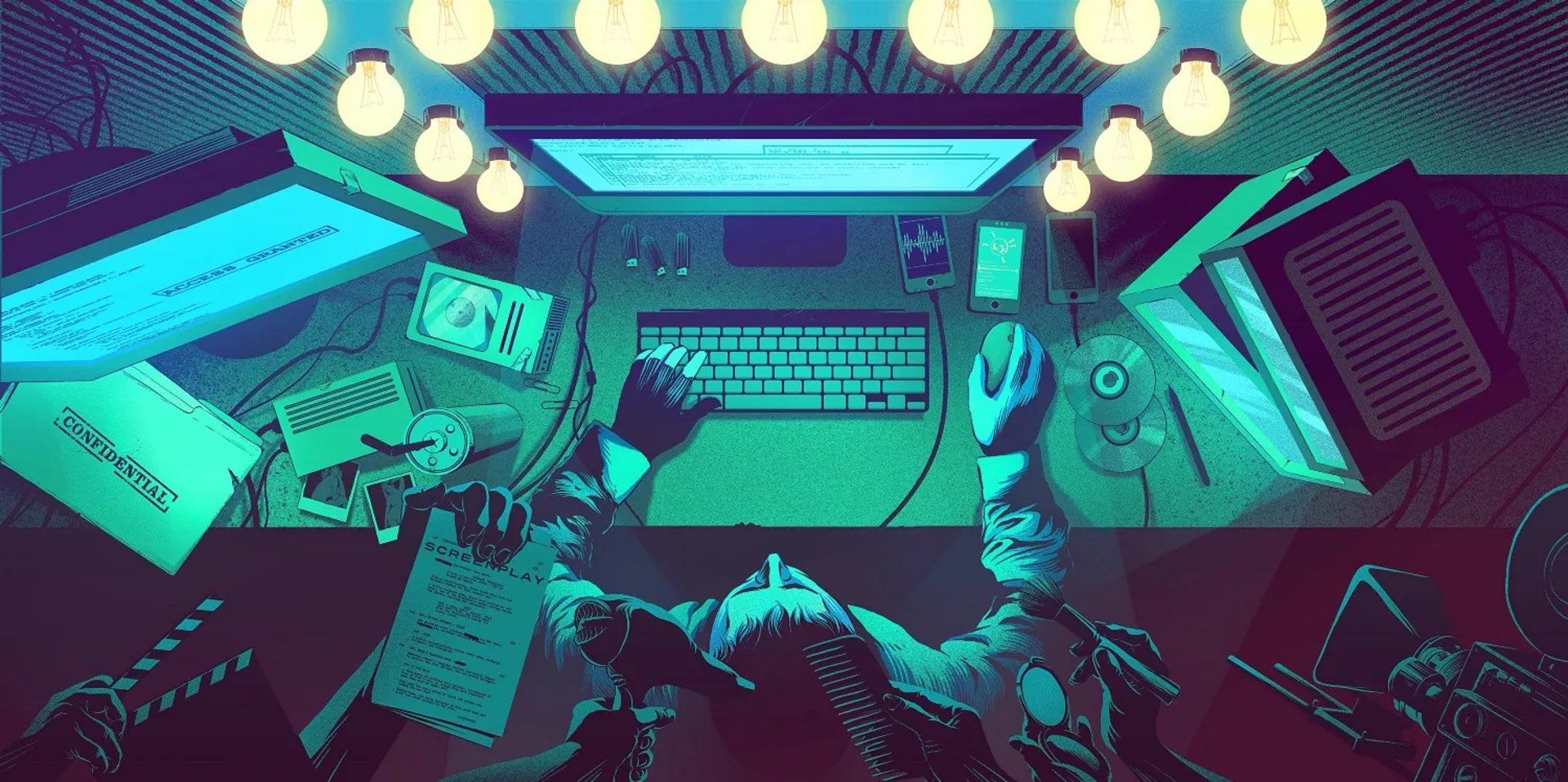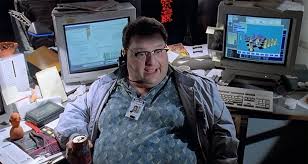
Hollywood vs Reality
Hacking looks cool in the movies, but is it really?
Shane Brown
1/4/20252 min read


Hollywood vs. Reality: The Myths of Hacking
The Myth of the Hacker Genius Typist
Hollywood Scene: Rapid, incomprehensible typing with flashy screens, as seen in Hackers (1995) and The Matrix (1999).
Reality: Real hacking often involves research, patience, and the use of pre-existing tools like Metasploit, Nmap, or Wireshark. A large chunk of hacking involves writing scripts, analyzing vulnerabilities, and leveraging social engineering, which isn't as visually exciting.
The One-Person Show
Hollywood Scene: Lone wolf hackers single-handedly bringing down corporations or governments (Mr. Robot, Live Free or Die Hard).
Reality: Many attacks are carried out by teams with specialized roles. Ethical hacking teams use frameworks like the MITRE ATT&CK Matrix or OWASP Top Ten to structure their operations.
Instant Hacking with Fancy GUIs
Hollywood Scene: Colorful interfaces with 3D visuals for cracking firewalls (Swordfish).
Reality: Hacking tools typically have minimalistic, command-line interfaces. GUIs exist, but they’re rarely as dramatic.
The Unlimited Access Trope
Hollywood Scene: Gaining access to any system in seconds.
Reality: Penetration testing can take days, weeks, or even months. Successful hacks often exploit human error, like weak passwords or phishing scams.
The Clean Escape
Hollywood Scene: Hackers break in, steal data, and vanish without a trace.
Reality: Logs and forensic tools often track intrusions. Covering tracks is an essential but challenging aspect of hacking, often shown unrealistically in movies.
Hackers with Advanced Gadgets
Hollywood Scene: Unique, futuristic hardware used for "breaking into the mainframe."
Reality: Hackers primarily use standard computers, network analyzers, and other accessible devices. The "mainframe" is often an outdated term used incorrectly.
Resources for Learning About Real Hacking
Books:
The Art of Intrusion by Kevin Mitnick.
Ghost in the Wires by Kevin Mitnick.
Hacking: The Art of Exploitation by Jon Erickson.
Websites:
Kali Linux Tools Documentation
Online Courses:
TryHackMe – Beginner to advanced hacking labs.
Hack The Box – Real-world penetration testing.
Udemy Ethical Hacking Courses
Communities:
Twitter – Follow cybersecurity experts like @thegrugq.
Tools:
Burp Suite
Certifications:
CompTIA Security+
Certified Ethical Hacker (CEH)
Offensive Security Certified Professional (OSCP)
Hollywood makes it look cool, its a patience game. Still beware of these things out there now that we are in a digital age. I will feature a blog soon about Mitnick so look out for that.
Innovate
Building websites and securing your digital presence.
Connect
Support
Info@sinistergatedesigns.com
© Sinister Gate Designs, LLC 2025. All rights reserved.
